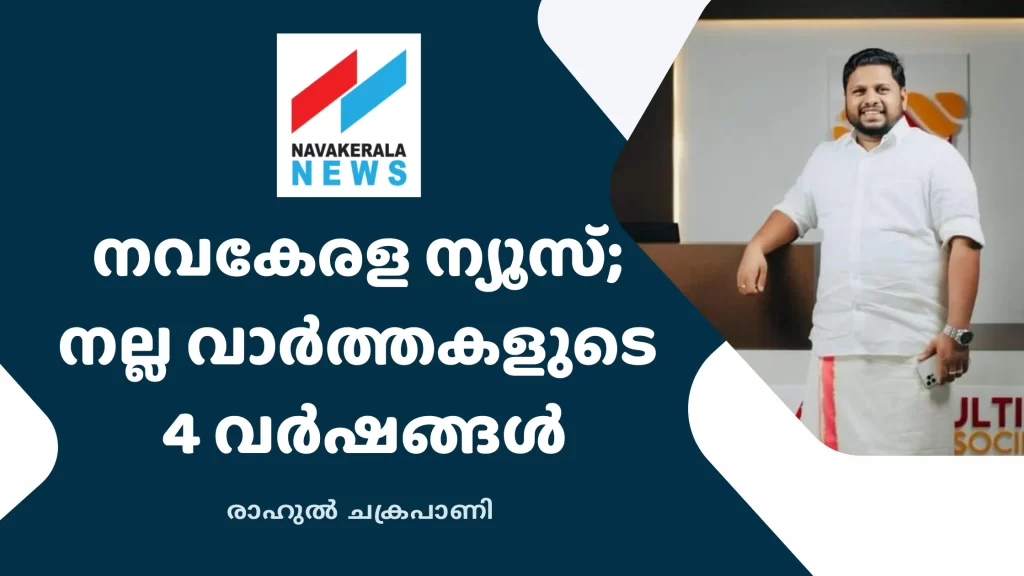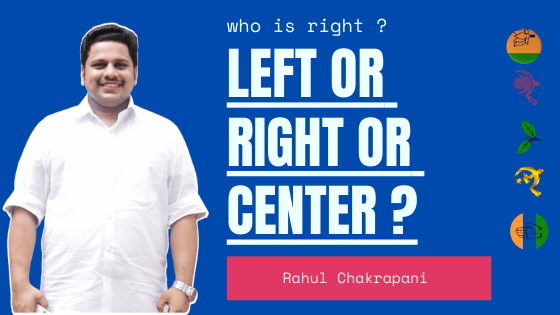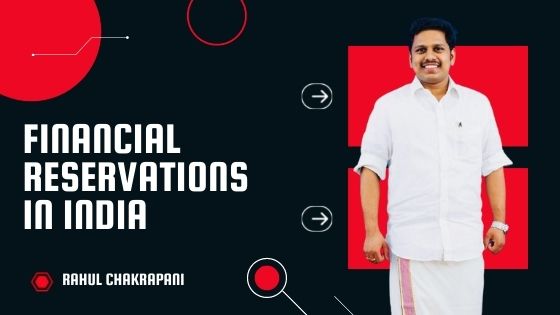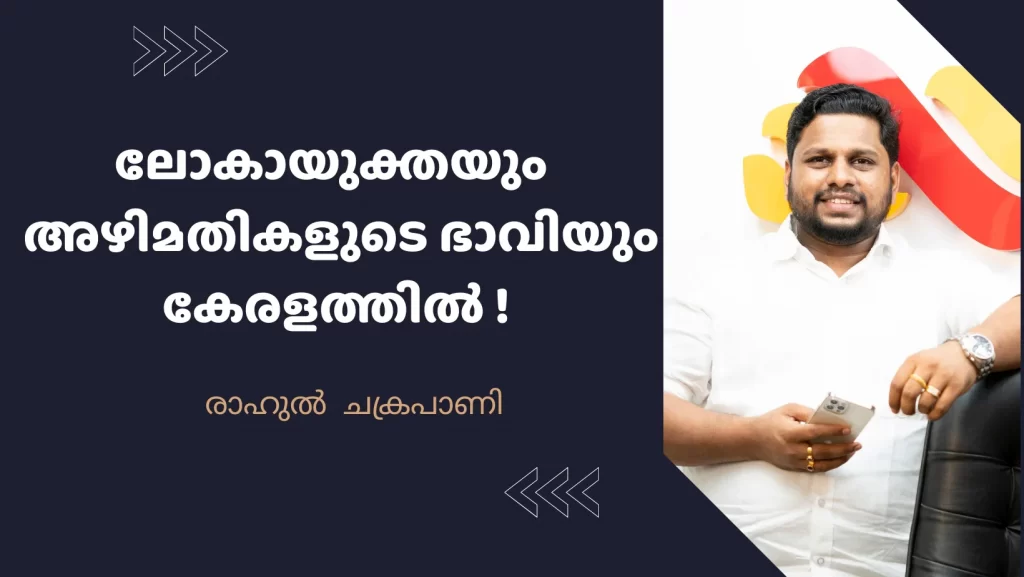Ireland model of education
Hi everybody. this is Rahul Chakrapani, Today we are talking about how Ireland built their successful model of higher education,
this case study is about what is so special about Ireland model of education.
Ireland is one of the most amazing nations in the 21st Century.
In spite of being such a small country with a population that is 4 times lesser than Mumbai,
it is one of the fastest-growing nations in the world with a rich per capita income of 76,000 dollars.
And considering its rapid growth and development in the 21st Century
it’s quite unbelievable that just 40 years ago,
in the 1980s same Ireland was one of the worst-performing nations in the world.
It had a severe unemployment rate of more than 20% and inflation was soaring at about 18.2%.
In fact, the condition of Ireland was so bad
that a major chunk of the population started leaving the country because they lost faith in the government.
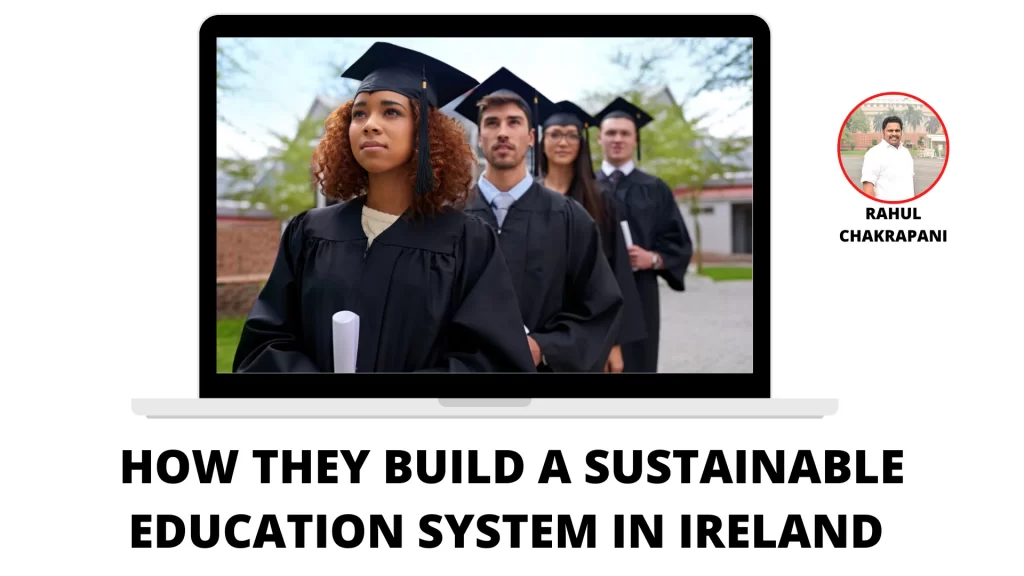
But you know what?
From the 1980s onwards, despite the political instability,
the Irish government started making a very very important investment and
this investment started paying off 25 years later because of which, today,
it contributes more than 10 billion towards the Irish economy.
And this turned Ireland into the tech hub of the world.
The question is that What is this investment and more importantly,
what can a country like India learn from Ireland?
Back Story of Ireland
This is a story that dates back to 1979 when the second oil crisis shook the world
and sent a wave of inflation throughout Asia and Europe.
For those who don’t know, in 1979 due to the Iranian revolution,
oil production declined, the demand skyrocketed
and the cost of oil doubled in just 12 months and touched $40 per barrel.
This spike in price caused massive fuel shortages all across the world
resulting in a worldwide economic crisis.
And during this time, one of the worst-hit countries was the Republic of Ireland.
back then it had a population of only 3.3 million.
And amongst those 3.3 million also thousands of people started to leave the country
because the country was not just suffering from political instability but also from recession.
In fact, in the 1980s alone, more than 200,000 people left Ireland.
This is when the politicians of Ireland realized that if the citizens start leaving the country
at the same rate, the country would be in ruins in no time and
there would be no scope of development whatsoever.
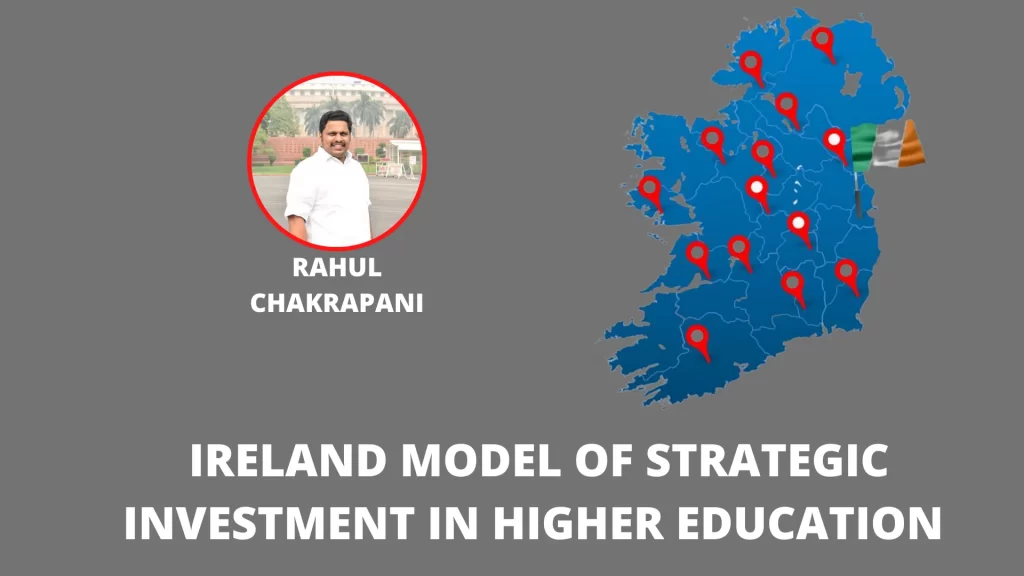
So, they started to invest in the most underrated asset
which is being ignored by India and that is human capital.
Starting from the 1980s,
Ireland started investing heavily and strategically in higher education.
Now, the highlighted word over here is not ‘heavily’ but ‘strategically’.
The government started doing market research to try and understand
what kind of skills will be in high demand in the international market
and this is when companies like Apple and Wang were in the baby stages.
REGIONAL TECHNICAL COLLEGE SYSTEM IN IRELAND
by the research they did, they started building something called the RTCs or the Regional Technical Colleges.
Along with that they also started building universities to train the youth
in specific programs like electrical engineering and information technology.
the highlight over here is that they built these universities after making sure that
there is a pipeline of employment that is built just so that
after the students graduate they can go on to get jobs in
companies like Apple, Microsoft, and other silicon valley computer firms.
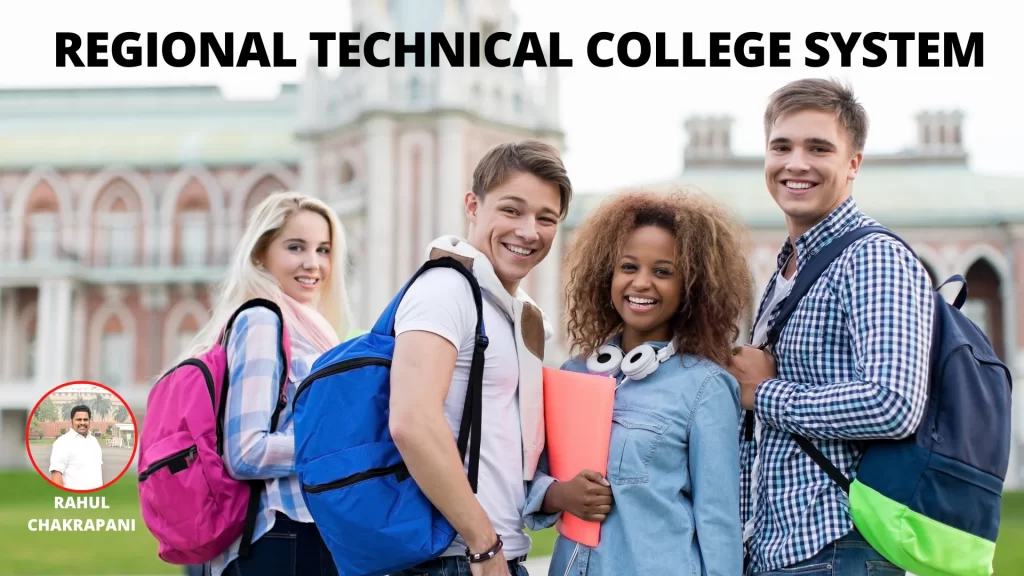
Ireland model Education in 1990’S
Fast forward to 1993, because of their universities
the share of science and technical graduates in the labour force in Ireland
was the highest among the 25 OECD countries
which included Finland, Germany, and even the United States.
On top of that, they also made sure that the children are made to become proficient in at least 2 foreign languages.
This was done so that students could be prepared for a wider scope of opportunities in the international markets.
guess what guys?
Slowly and steadily from 1991 through 1996
people of Ireland from all across the world started coming back to their country
as the nation strategically started providing the youth with more and more opportunities.
And by 1996, nearly 20% of the people in Ireland
between the age group of 30-34 were returned emigrants, as in
they are the people who returned to the country after leaving.
these people became active contributors to the economy of the country.
internet revolution
here’s where the government decided to take it one step further.
In the 1990s, the government spotted another booming opportunity
in the form of the Internet revolution.
And just like the electronics wave
based on the insights that they gained from the Internet companies
the Irish government launched new programs to train the next generation
to get a job in the upcoming Internet companies.
this time they did not just prepare the students
but also made a major move to turn Ireland into the business hub of the world.
In the 1999 Finance Act,
the Minister of Finance Charlie McCreevy reduced the Irish corporate taxes from 32% to just 12.5%.
And along with this they also offered 25% R&D tax credits to foster new businesses.
Now, this was a revolutionary move that came at the perfect time. Why?
Because during this time, Internet companies from around the world
were desperately looking out for avenues to save taxes and an avenue to get a pool of talent.
In this case, during this time Ireland had both of them.
So, guess what?

This turned Ireland into the tech hub of the world because of which,
Today 9 out of the 10 world’s top medical, technology companies and
the top 10 Internet companies including Google and Facebook are operating at scale from Ireland.
Now that Ireland had both- the best companies and great universities
guess what? Ireland started to see a rapid influx of talent from all across the world.
And today, Ireland is not just a major tech hub but also one of the best education hubs in the world
which provides best in class education at an extremely affordable price.
And today Irish universities contribute about 10.5 billion dollars to the Irish economy every single year.
this is how to use extensive market research and strategic investment into education.
Ireland went from being a failing country to becoming a booming tech and education hub of the world.
More than 60% of the international students get a job in Ireland and become active contributors to the economy of the country.
New trends & Strategy
even today while most governments are questioning the concepts of crypto and the relevance of blockchain
Ireland has already started preparing its workforce and its business ecosystem to embrace the fintech wave.
This is being done with the vision that when the opportunities arrive due to the blockchain revolution
the workforce of Ireland must be fully prepared to embrace it with open arms.
This is how ladies and gentlemen,
a small country like Ireland was able to transform its economy by investing heavily and strategically into its education.
Similarly today, Germany provides lucrative scholarships to attract talent from all across the world.
Some of the major milestones of the US as a nation have been achieved
due to the leadership and contribution of the immigrants.
This is what you call an international education strategy.
So, if you’re someone who wants to pursue higher education in any one of these countries
Medicity can help you with it
LESSONS FROM IRELAND TO INDIAN EDUCATION SYSTEM
What can India learn from Ireland to fix its education system?
Now, people, there are a few lessons that we need to learn from Ireland.
System of Education
the education system in both countries are operated as serious businesses but the difference over here is
while the Irish system treats students as real customers and focuses on giving them the best return of investment
In India, the system treats students and is by default designed to exploit both the time and money of the students.
What the government or the education system, in general, fails to realize is that when a talented
student experiences the torture of the system through useless assignments or mandatory attendance
and stupid projects
even after 4 years when she ends up with only grades but no skill the talent clearly understands
that she cannot grow in India. A very simple example of the same is the engineering colleges in India.
Therefore we need a system that is designed to deliver value to the students instead of
the current system that is designed to loot students through unnecessary fee hikes and donations.
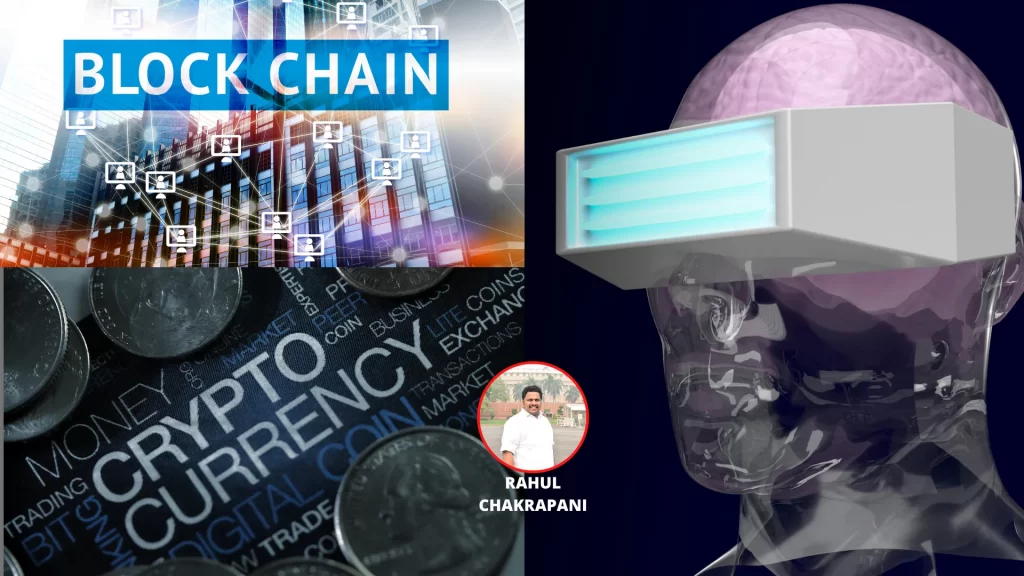
Market Research
market research is by far the most important aspect of any education system.
In this case, if you see while the Irish education system was being set up,
the government first did thorough market research and then built colleges to cater to the demands.
Whereas in India we’ve got the complete opposite
we first build colleges then sell fake dreams to the students and.
then we think how do we get a job for these students?
On one side where we’ve got foreign universities that are so futuristic that
they are preparing students for blockchain
here we’ve got engineering textbooks that are so outdated
that they are just one step away from being called ancient.
So, we need to turn things around in the next 10 years
if we are in any way looking out to become a superpower in the next three decades.

Investments in education
And last and most importantly,
we need to start taking our investments into education very very seriously
because in the next 10 years we’ve got 3 revolutions coming up
the blockchain revolution, the biotech revolution, the AI revolution.
And each one of these revolutions is going to create countless opportunities
for both businesses and employment. And if we start tapping onto the right things and
create a conducive business and education ecosystem.
The Indian education system will go from being a disaster
to become a trillion-dollar asset in the next 25 years.

